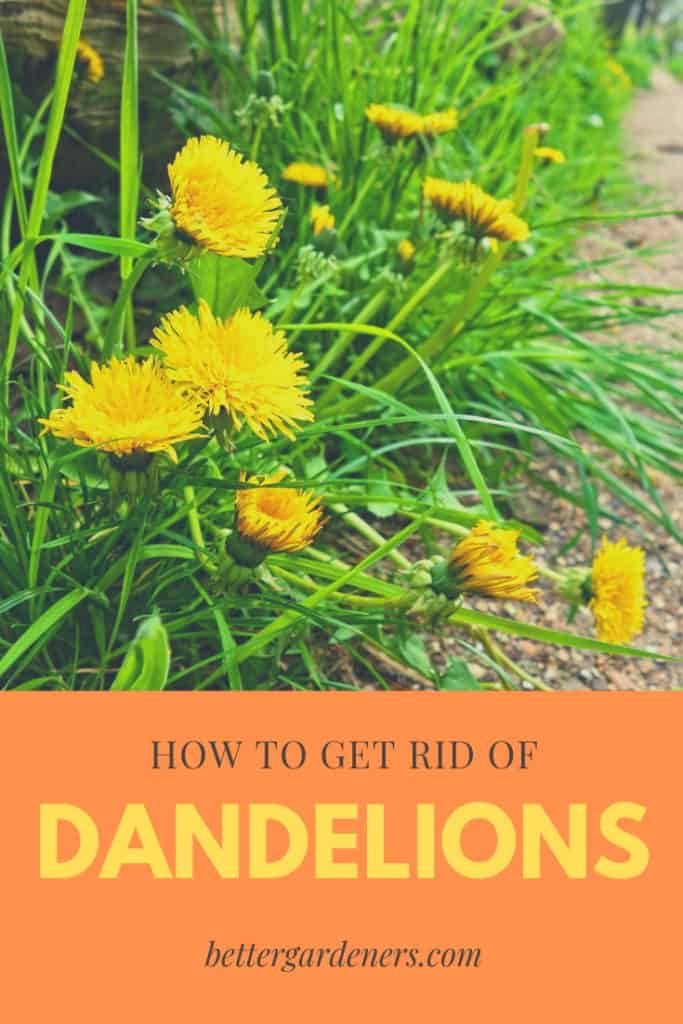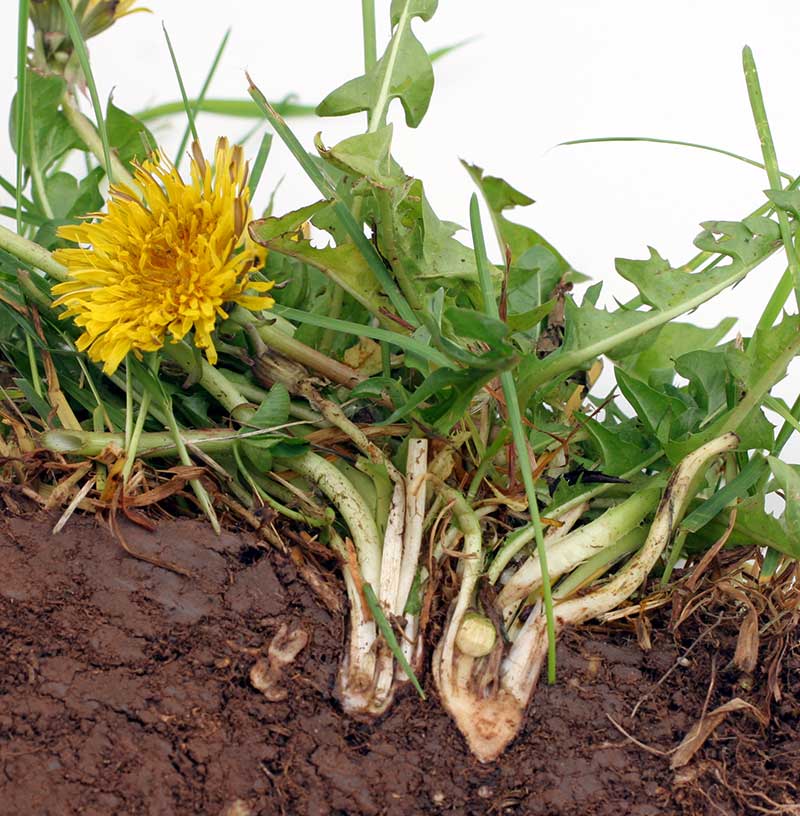Why Dandelions Are a Nuisance to Homeowners
Dandelions are considered a weed due to their ability to spread quickly, choke out other plants, and create an eyesore in lawns. They can produce thousands of seeds, which can disperse in the wind, water, or through human activity, leading to a rapid infestation. As a result, dandelions can outcompete other plants and grasses for essential nutrients and water, causing a decline in lawn health. Furthermore, their bright yellow flowers and jagged leaves can create an unsightly appearance, making them a nuisance to homeowners who take pride in their outdoor spaces. In fact, learning how to get rid of dandelion growth is essential for maintaining a healthy, beautiful lawn. By understanding the reasons why dandelions are a problem, homeowners can take the necessary steps to prevent their growth and maintain a lush, green lawn. For instance, dandelions can grow up to 12 inches tall, making them a prominent feature in an otherwise well-manicured lawn. Additionally, their deep taproots can make them difficult to remove, making it even more important to learn how to get rid of dandelion growth effectively. Homeowners who neglect to address the issue of dandelion growth may find themselves dealing with a full-blown infestation, which can be costly and time-consuming to rectify. To avoid this, it’s crucial to understand the reasons why dandelions are a nuisance and take proactive steps to prevent their growth. By doing so, homeowners can enjoy a beautiful, dandelion-free lawn that requires minimal maintenance and upkeep.
Understanding the Life Cycle of Dandelions
To effectively get rid of dandelions, it’s essential to understand their life cycle. Dandelions are perennial weeds that can grow up to 12 inches tall, with a deep taproot that can extend up to 10 inches into the soil. They have a unique growth habit, producing a rosette of leaves in the spring, followed by a flowering stem in the summer. The flowers produce thousands of seeds, which can disperse in the wind, water, or through human activity, leading to a rapid infestation. The seeds can remain dormant in the soil for up to 20 years, making it challenging to eradicate dandelions completely. Additionally, dandelions have a complex root system, with a primary taproot and multiple secondary roots that can produce new plants. This makes it difficult to remove the entire root system, allowing the dandelion to regrow from even the smallest piece of root left behind. By understanding the life cycle of dandelions, homeowners can develop a comprehensive strategy for how to get rid of dandelion growth and prevent future infestations. This includes targeting the roots, seeds, and flowers to ensure that the dandelion is removed completely. With a thorough understanding of the dandelion life cycle, homeowners can take the necessary steps to maintain a healthy, dandelion-free lawn.
How to Get Rid of Dandelions: Physical Removal Methods
Physical removal is a popular method for how to get rid of dandelion growth, and it can be an effective way to control dandelion populations. There are several physical removal methods that homeowners can use, including digging, pulling, and mowing. Digging involves using a shovel or fork to remove the entire dandelion plant, including the roots. This method is most effective when the soil is moist and the roots are easiest to remove. To increase the effectiveness of digging, it’s essential to remove as much of the root system as possible, as even small pieces of root left behind can regrow into new plants. Pulling is another physical removal method that involves grasping the dandelion plant at the base and pulling it out of the ground. This method is best used on young dandelion plants with shallow roots. Mowing is a more aggressive approach that involves cutting the dandelion plant at the surface of the soil. This method can be effective for large areas of dandelion growth, but it may require repeated mowing to completely eradicate the plants. To make physical removal methods more effective, it’s essential to remove the dandelions when they are young and before they produce seeds. Regularly removing dandelions can also help to reduce their populations over time. Additionally, using tools like a dandelion digger or a weeding fork can make the process easier and more efficient. By combining physical removal methods with other approaches, such as herbicides and natural methods, homeowners can develop a comprehensive strategy for how to get rid of dandelion growth and maintain a healthy, dandelion-free lawn.
Using Herbicides to Control Dandelion Growth
Herbicides are a popular method for controlling dandelion growth, and they can be an effective way to get rid of dandelions quickly. There are several types of herbicides available, including selective and non-selective herbicides. Selective herbicides target specific weeds, such as dandelions, while non-selective herbicides kill all vegetation. When using herbicides, it’s essential to follow the instructions carefully and take necessary precautions to avoid overspray or drift onto desirable plants. Herbicides can be applied directly to the dandelion plant or to the soil to prevent seed germination. Some common herbicides used to control dandelion growth include 2,4-D, dicamba, and clopyralid. While herbicides can be effective, they also have potential risks to the environment and human health. For example, some herbicides can contaminate groundwater or harm beneficial insects and microorganisms. Additionally, overuse of herbicides can lead to the development of herbicide-resistant dandelion populations, making them less effective over time. To minimize risks, it’s essential to use herbicides judiciously and in combination with other methods, such as physical removal and natural control methods. By understanding the different types of herbicides available and their potential risks, homeowners can make informed decisions about how to get rid of dandelions using herbicides.
Natural and Organic Methods for Dandelion Control
Natural and organic methods are a popular choice for homeowners looking for a non-toxic and environmentally friendly way to get rid of dandelions. One effective method is to use boiling water to kill dandelion plants. Simply pour boiling water over the dandelion, making sure to avoid desirable plants. Another natural method is to use vinegar, which is a natural herbicide. Spray or pour vinegar directly on the dandelion plant, taking care to avoid overspray. Other non-toxic substances, such as soap and salt, can also be used to control dandelion growth. Introducing beneficial insects and microorganisms to the lawn can also help to control dandelion populations. For example, introducing beneficial nematodes can help to control dandelion grubs, while beneficial bacteria can help to break down dandelion roots. Additionally, using natural mulches, such as wood chips or straw, can help to suppress dandelion growth by blocking light and preventing seed germination. By using these natural and organic methods, homeowners can effectively get rid of dandelions without harming the environment or human health. When combined with physical removal methods and proper lawn care, natural and organic methods can be a powerful tool in the fight against dandelions.
Preventing Dandelion Growth: Lawn Care and Maintenance Tips
Preventing dandelion growth is a crucial step in maintaining a healthy and weed-free lawn. By following proper lawn care and maintenance tips, homeowners can reduce the likelihood of dandelions taking over their lawn. One of the most effective ways to prevent dandelion growth is to maintain a dense and healthy lawn through proper mowing, watering, and fertilizing strategies. For example, mowing the lawn at the recommended height for the specific grass type can help to promote healthy growth and prevent dandelions from germinating. Additionally, watering the lawn deeply but infrequently can help to encourage deep root growth, making it more difficult for dandelions to take hold. Fertilizing the lawn with a balanced fertilizer can also help to promote healthy growth and prevent dandelion growth. Another key tip is to maintain a regular lawn care schedule, including regular inspections and prompt removal of new dandelion growth. By staying on top of lawn care and maintenance, homeowners can prevent dandelions from getting a foothold and reduce the need for more drastic measures, such as herbicides or physical removal. By combining these lawn care and maintenance tips with other methods, such as natural and organic control methods, homeowners can effectively get rid of dandelions and maintain a healthy and beautiful lawn.
Combining Methods for Effective Dandelion Control
Combining multiple methods is often the most effective way to get rid of dandelions and maintain a dandelion-free lawn. By integrating physical removal methods, herbicides, and natural methods, homeowners can create a comprehensive approach to dandelion control. For example, using physical removal methods to remove existing dandelions, followed by the application of herbicides to prevent new growth, can be an effective combination. Additionally, incorporating natural methods, such as introducing beneficial insects and microorganisms, can help to create a balanced ecosystem that is less conducive to dandelion growth. Another approach is to use natural methods as a preventative measure, and then follow up with physical removal methods or herbicides as needed. By combining these approaches, homeowners can create a customized plan for how to get rid of dandelions that is tailored to their specific lawn care needs. It’s also important to note that combining methods can help to reduce the risk of dandelion resistance to herbicides, and can also help to minimize the environmental impact of dandelion control. By taking a multi-faceted approach to dandelion control, homeowners can effectively get rid of dandelions and maintain a healthy and beautiful lawn.
Maintaining a Dandelion-Free Lawn: Ongoing Care and Monitoring
Maintaining a dandelion-free lawn requires ongoing care and monitoring to prevent new growth and ensure the lawn remains healthy and weed-free. Regular inspections are crucial to identify new dandelion growth and remove them promptly before they have a chance to spread. Homeowners should also adjust their lawn care strategies as needed, such as adjusting mowing and watering schedules, to create an environment that is less conducive to dandelion growth. Additionally, incorporating natural and organic methods, such as introducing beneficial insects and microorganisms, can help to maintain a balanced ecosystem that is less susceptible to dandelion infestations. By staying vigilant and proactive, homeowners can ensure that their lawn remains dandelion-free and maintain a beautiful and healthy outdoor space. It’s also important to note that maintaining a dandelion-free lawn is an ongoing process, and it’s essential to be consistent in your efforts to get rid of dandelions and prevent new growth. With the right strategies and techniques, homeowners can enjoy a dandelion-free lawn for years to come.









